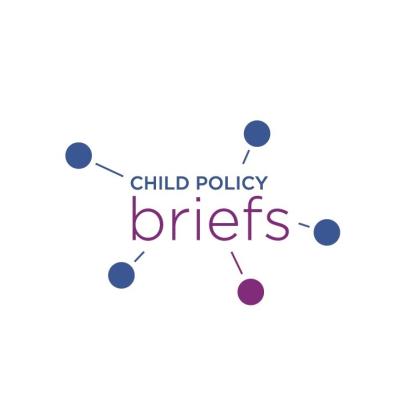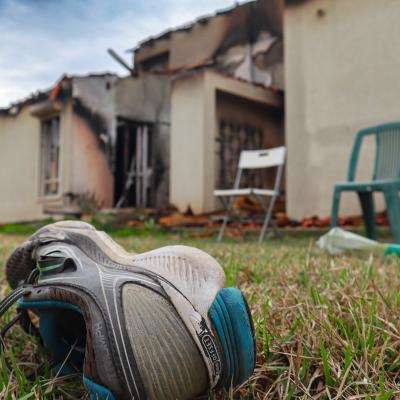Terrorism and War
Description
A summary of the scientific literature on the impact of terrorism and war on children.

Components
Image

How This Impacts Children's Development
Description
Terrorism involves actions (whether by nations, states, insurgents, or rebels) that use violence or the threat of violence against noncombatants to instill fear and manipulate people for political purposes. Children exposed to both direct and indirect forms of terrorism suffer significant mental health issues, with the most severe impact occurring when they experience direct loss or harm.
READ THE BRIEF: the impact of terrorism on children, 2015
Talking Points from the SRCD Brief
|
Policy Considerations in the Brief
- Federal agencies such as the Centers for Disease Control and Prevention (CDC), the Department of Homeland Security (DHS), and the Federal Emergency Management Agency (FEMA) that are in contact with children after a terrorist attack or threat should maintain policies that identify and assist children.
- Appropriately train first responders and social service workers to help children during a terrorist event.
- Implement procedures at the community level to identify children at risk for symptoms of post-traumatic stress disorder (PTSD).
- Federally funded television programs that promote positive coping strategies could mitigate some impacts of trauma exposure.